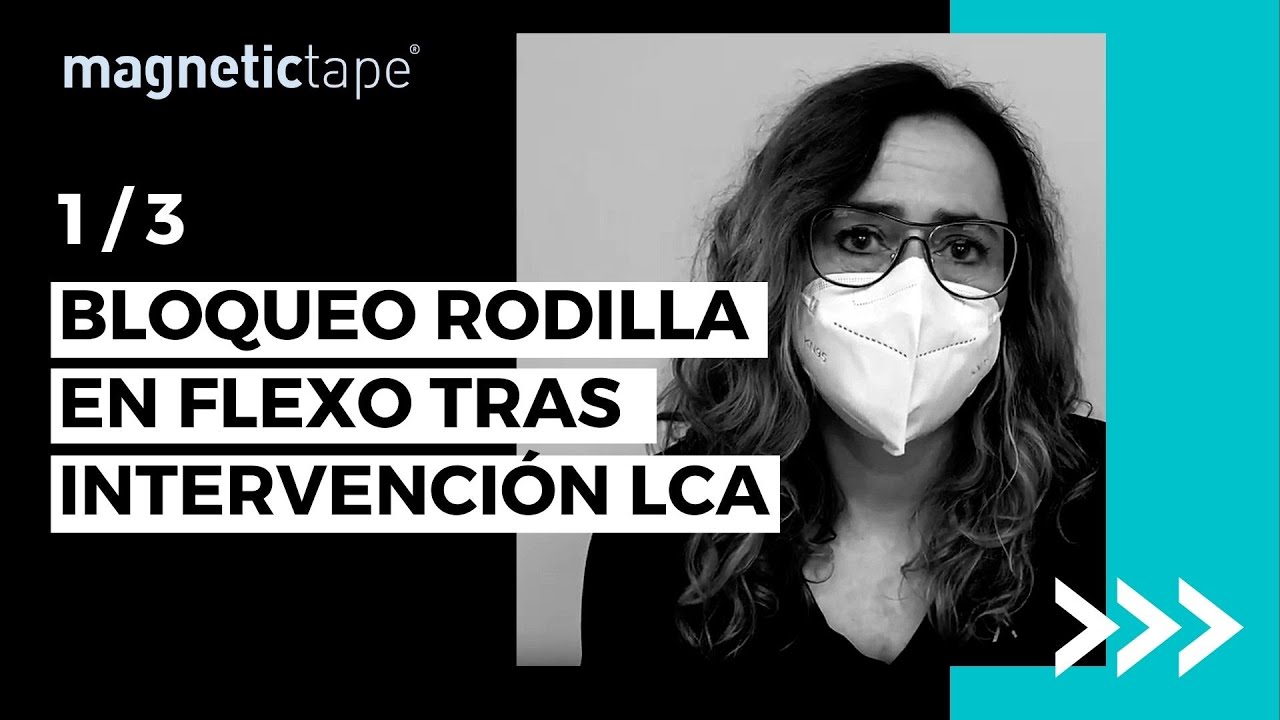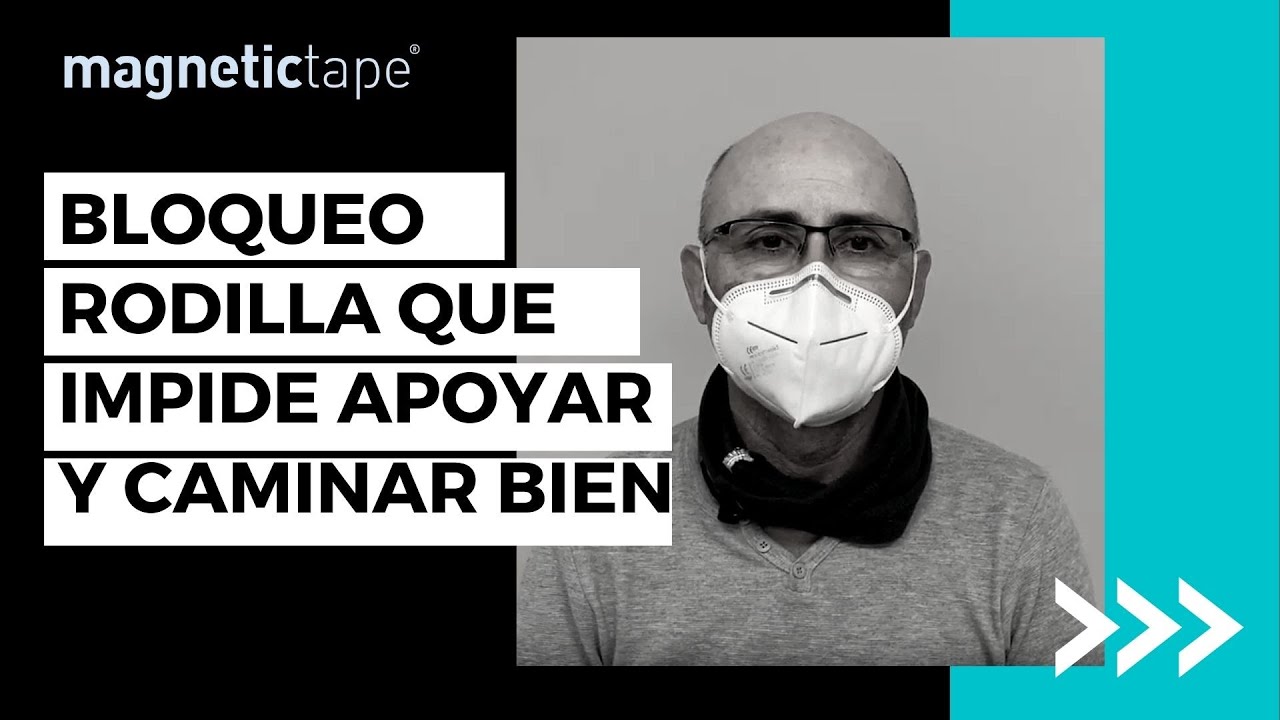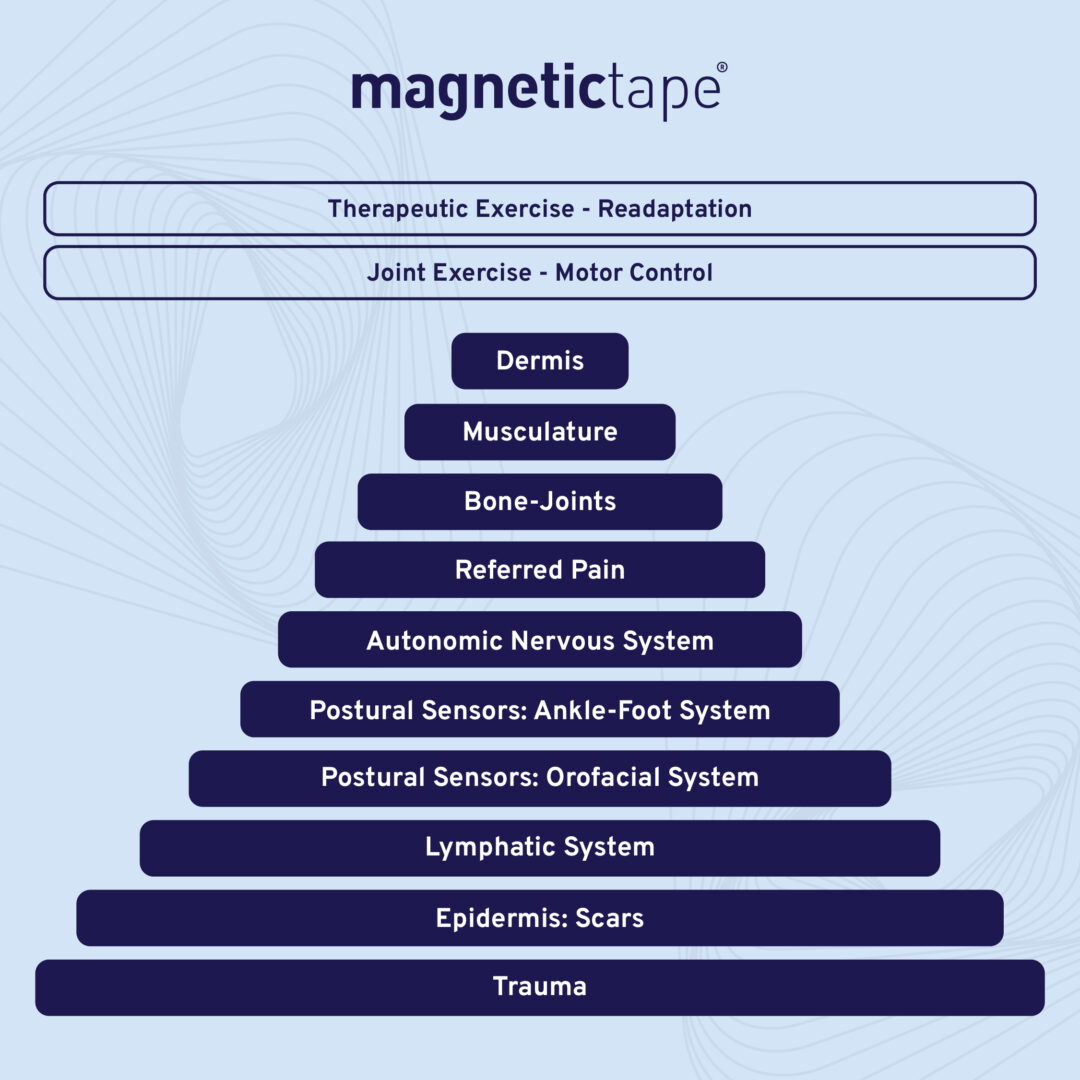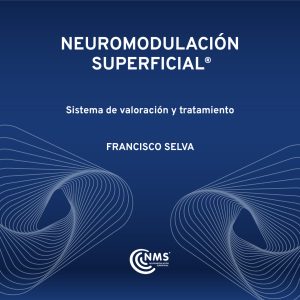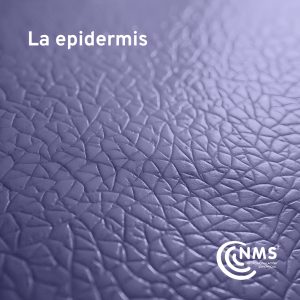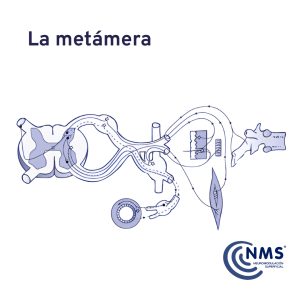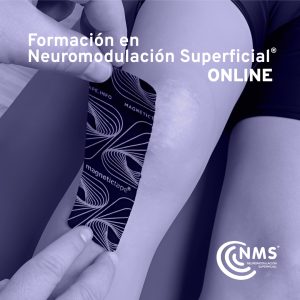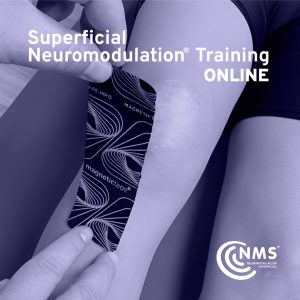
MagneticTape es la única venda diseñada para ayudar a la modulación del dolor, del Sistema Nervioso Autónomo (Estrés) y vascularizacion, aumentando la fuerza y la activación neuromuscular.
VER TODOS LOS PRODUCTOS
Explore las soluciones de Magnetic Tape para el alivio y el apoyo del dolorDEPORTE
SALUD
FORMACIÓN
PROFESIONAL
Science and Benefits

¿Qué es Magnetic Tape?
Magnetic Tape es una venda elástica adhesiva con partículas con propiedades magnéticas de 5m x 5cm con un alargamiento longitudinal de un 50-60% diseñada para facilitar el proceso de modulación local y sistémica al entrar en contacto con los campos electromagnéticos de los seres humanos actuando sobre los receptores cutáneos y éstos sobre los nervios cutáneos permitiendo el estímulo neural.
TEMPERATURE

PAIN

ANS

NEUROMUSCULAR ACTIVATION

ROM

STRENGTH

FLEXIBILITY

NEURAL DEPOLARIZATION
PRODUCTOS POPULARES MAGNETIC TAPE
Valoraciones de Nuestros Clientes

Desde que uso la cinta magnética en mis rodillas, he sentido menos fatiga después de correr. Me encanta cómo estabiliza las articulaciones sin restringir mis movimientos.
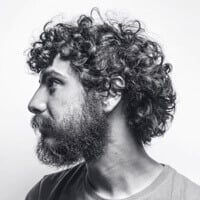
La cinta magnética es una gran herramienta para complementar mis tratamientos. Mis pacientes han notado mejoras significativas en su recuperación muscular y articular.

Recomiendo esta cinta a mis clientes para prevenir lesiones. Los imanes mejorar la circulación y el rendimiento durante entrenamientos intensos.

Mi fisioterapeuta me sugirió probarla para mi tendinitis y ha sido genial. La inflamación bajó más rápido de lo que esperaba.

Es la mejor cinta que he probado para mis entrenamientos. No solo siento apoyo, sino que también noto una recuperación más rápida después de las sesiones intensas.
Success Stories
Magnetic Tape®

